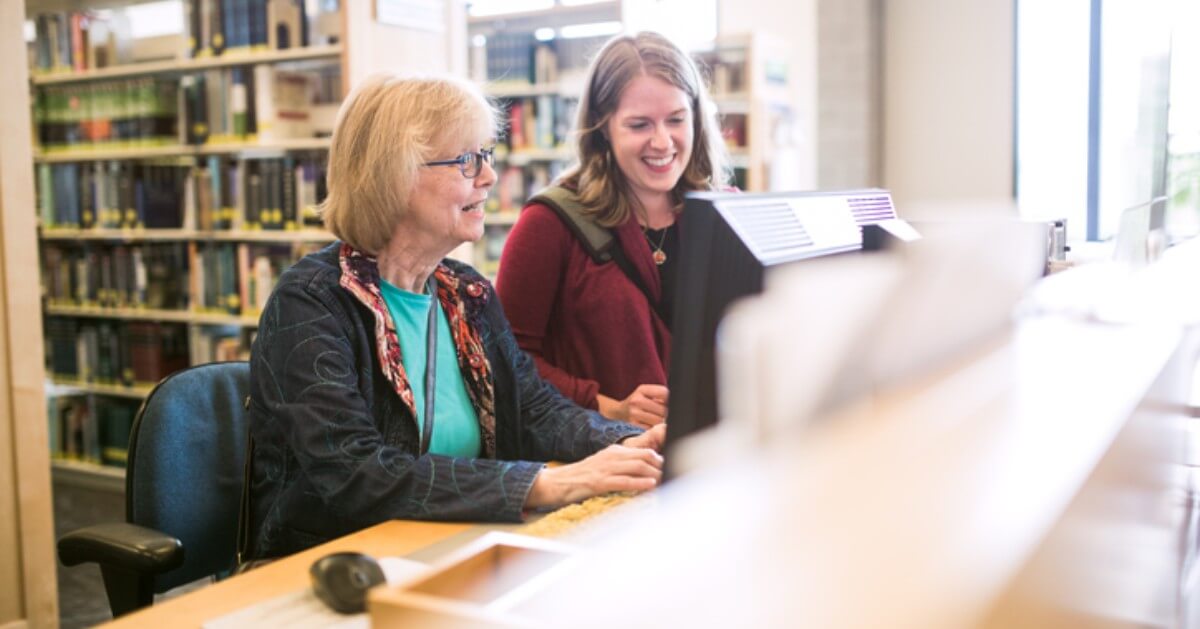Once called a “reading list,” because it referred exclusively to books and journals, the academic course material provided by an instructor to his or her students has long since expanded to include all variety of resources – written, visual and digital. In addition, communications technology is constantly developing, changing the way in which instructors and their students interact, and what they have access to.
What that has meant for academic libraries and librarians is that obtaining materials for these resource lists, as they are now known, maintaining them, monitoring them, and facilitating access to them now require handling multiple, non-integrated workflows.
“This shifting reality requires a rethinking of current practices to deliver an easier, more efficient, and more trustworthy way to assemble and manage persistent resource lists; make them available to students; and enable students to use them,” according to a recent conference paper by Tamar Sadeh, Director of Discovery and Delivery Strategy for the Ex Libris Group, and Janet Fletcher, University Librarian at Victoria University in Wellington, New Zealand.
In their 2016 paper, entitled “A global and institutional resource-list repository: a treasure trove for deriving new insights and providing innovative services,” Sadeh and Fletcher identify several key challenges in modern resource list management. These include:
- Lack of standard practices for modern reading lists
- The need to restrict access to course materials
- Risk of copyright infringements
- No way to track usage and obtain insightful statistics
- Lack of integrated workflows for handling resource lists
They suggest, however, that these challenges can be overcome with innovative, comprehensive resource-list solutions, which will contribute towards new practices of resource list management.
In the following series of posts, we will review Sadeh and Fletcher’s characterization of those challenges, as well as their proposed solutions for a “cost-effective, engaging, insightful, collaborative, and easy-to-use environment for both academics and students.”
Next time, we will look at how academic resource lists are currently organized, and how their content is made available to students.










